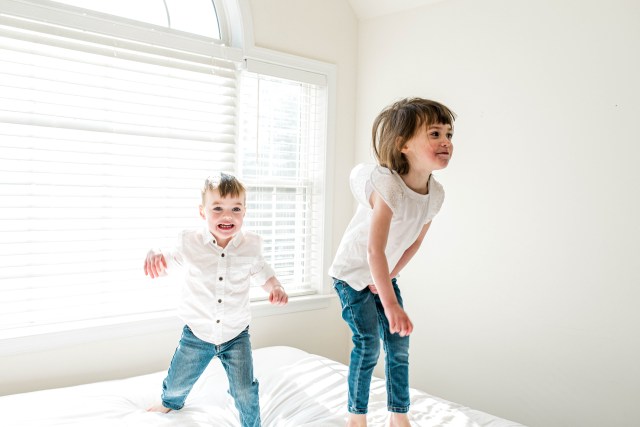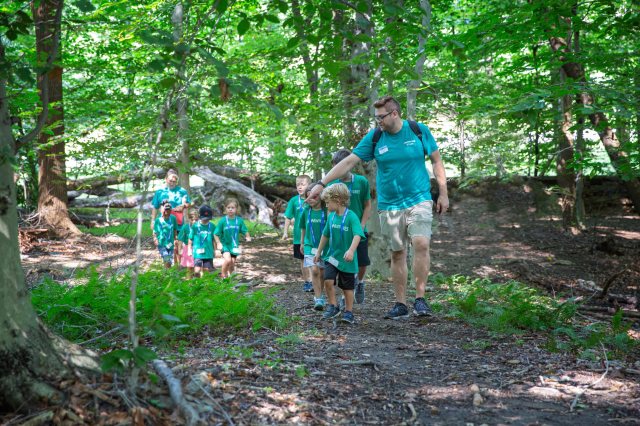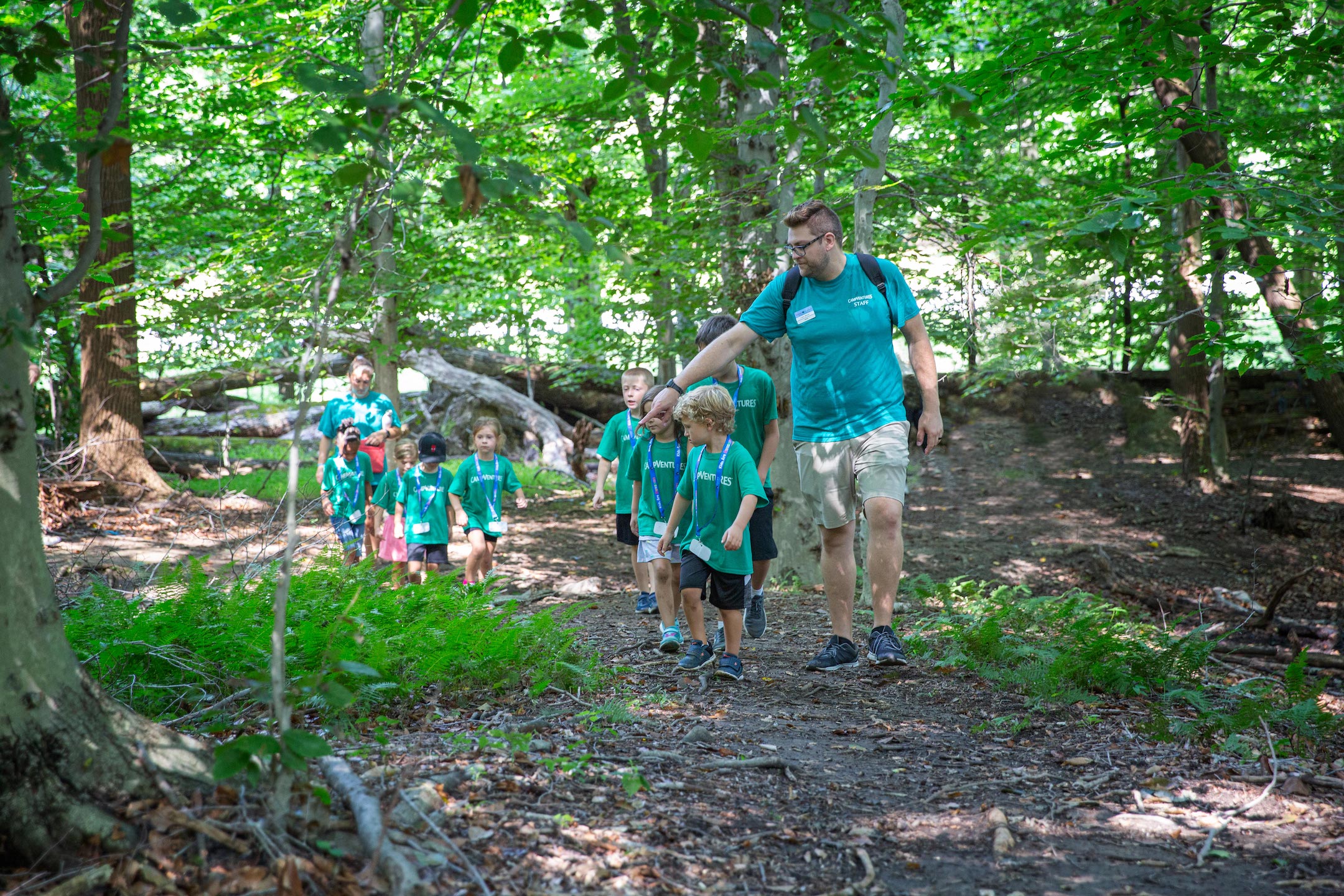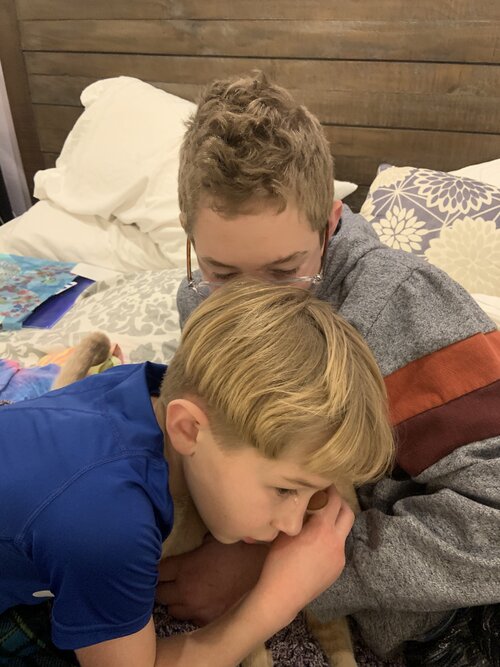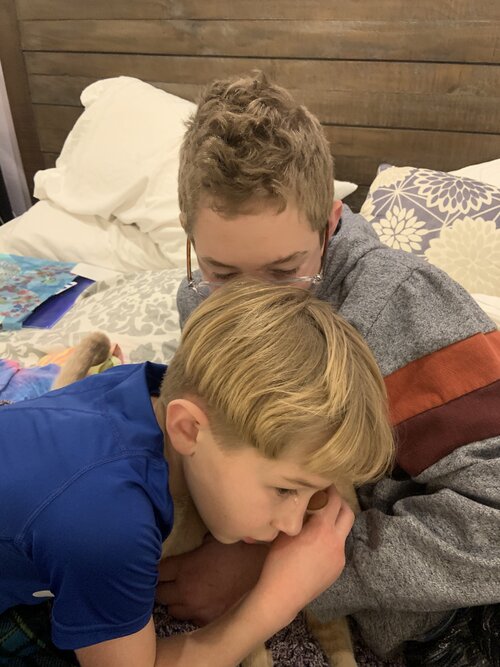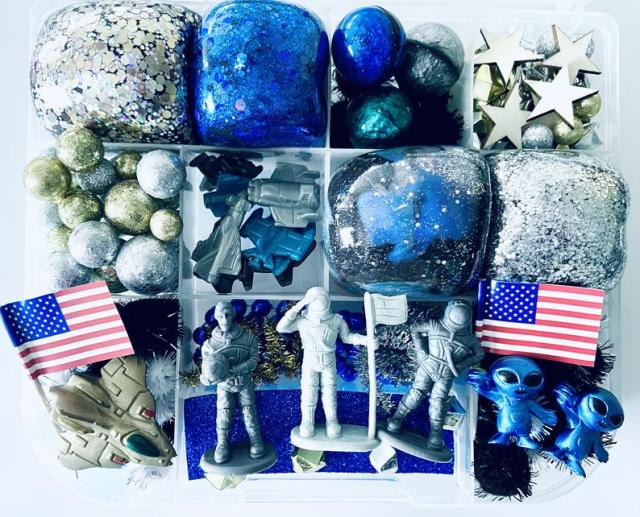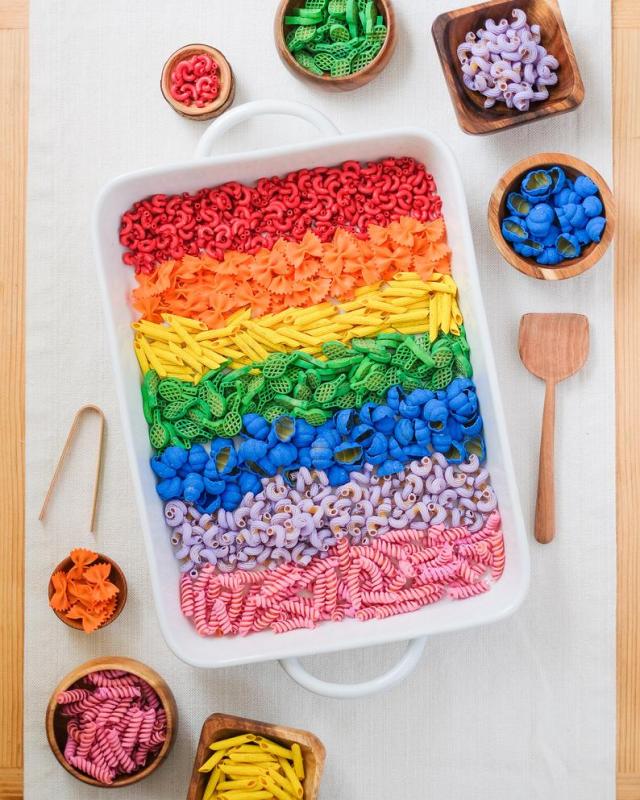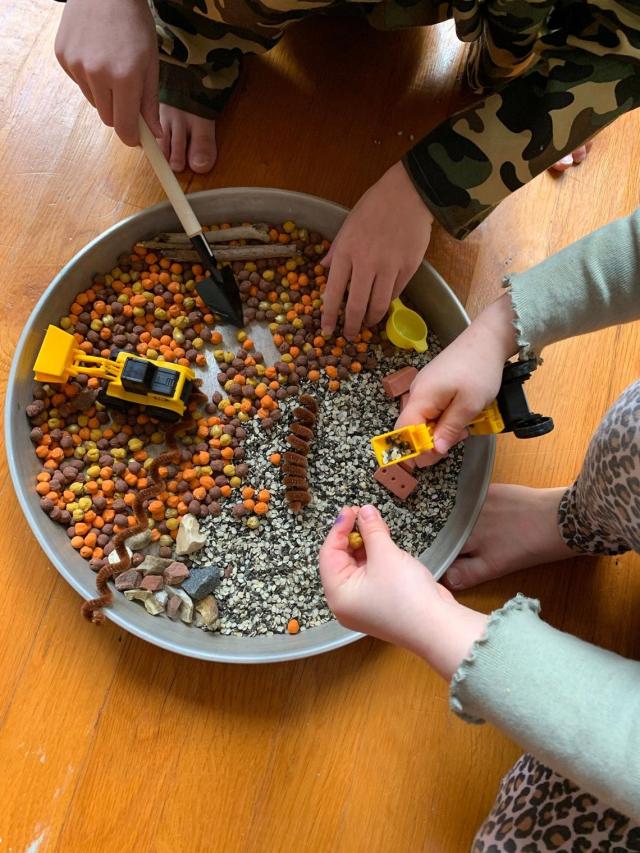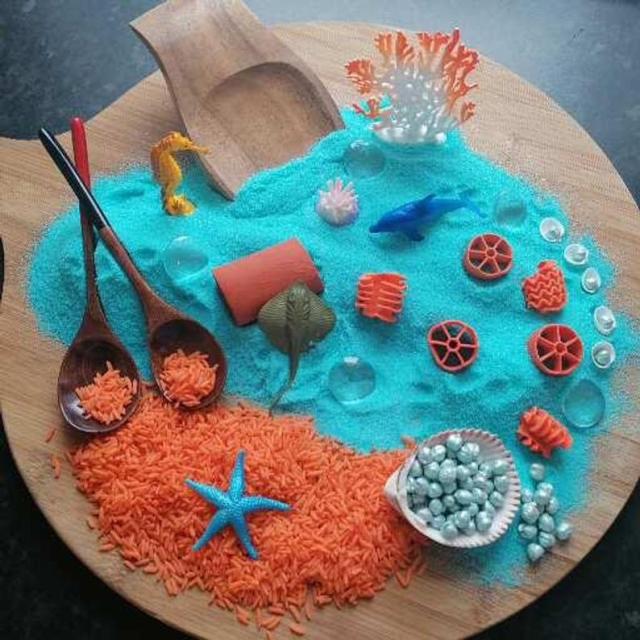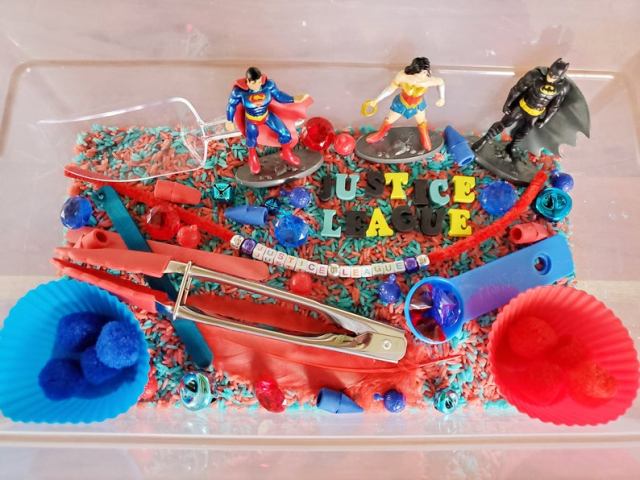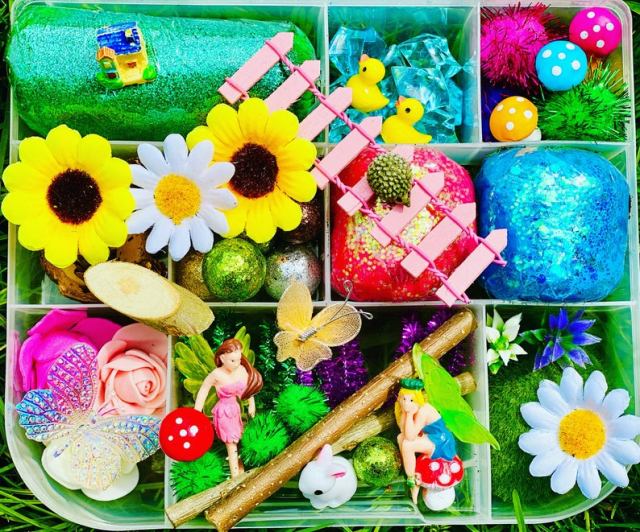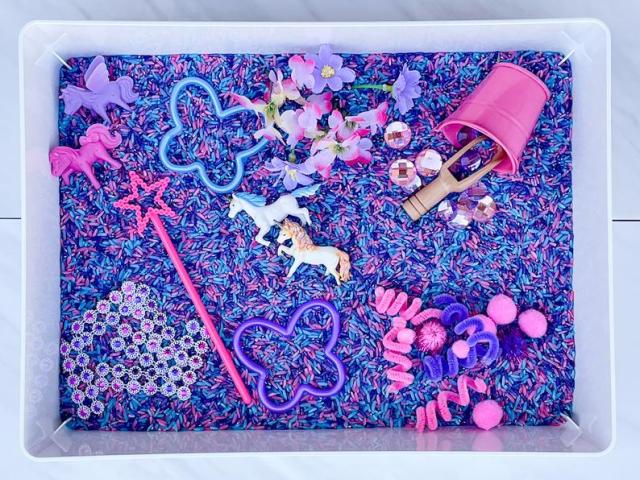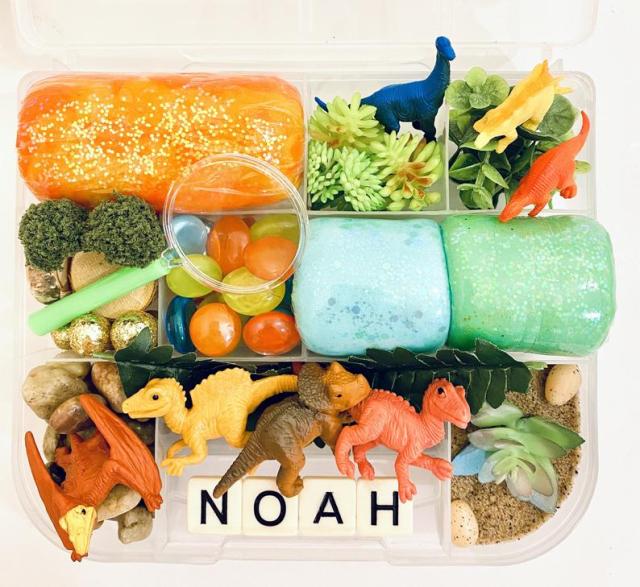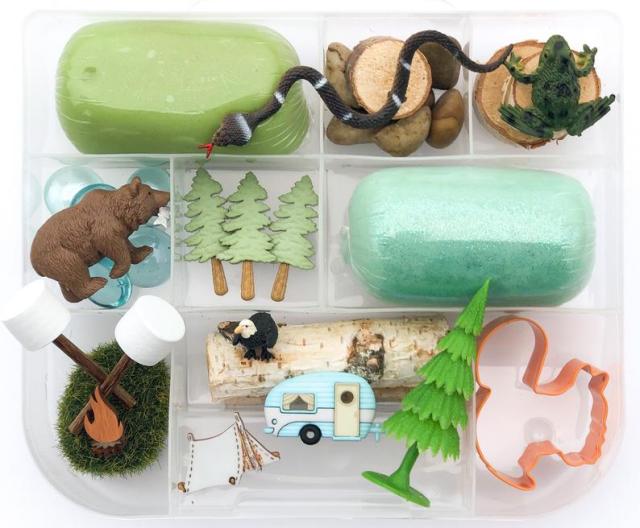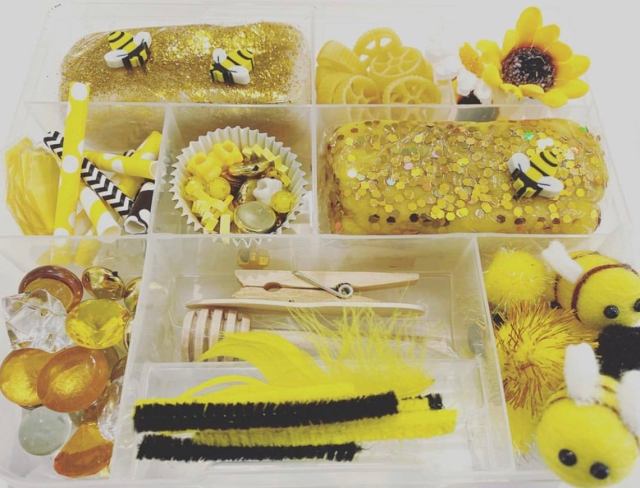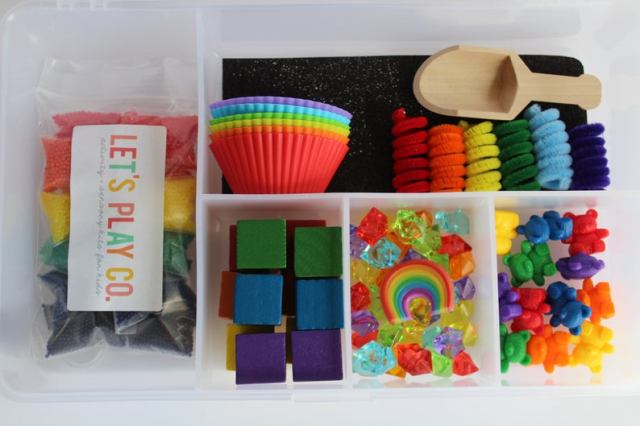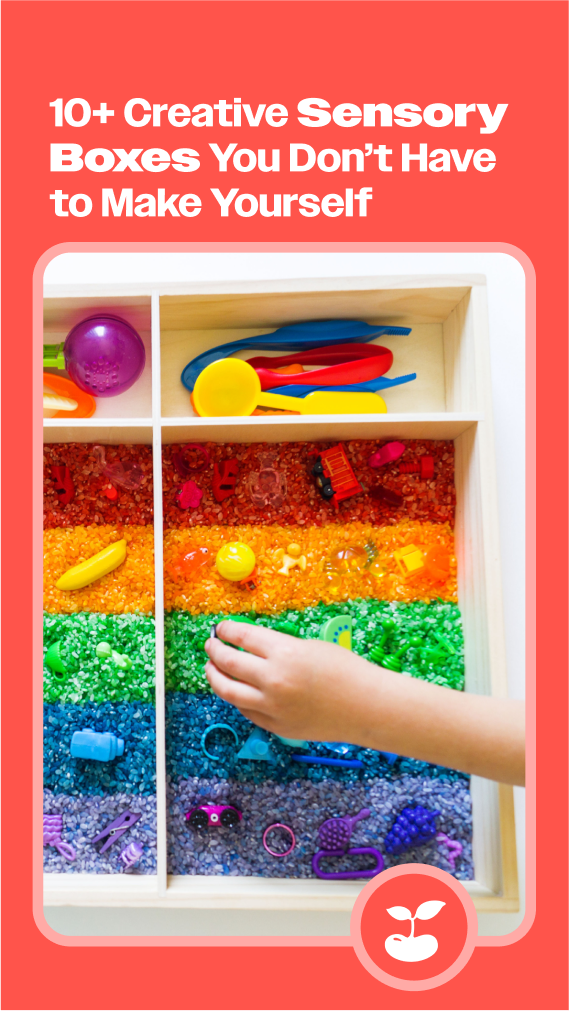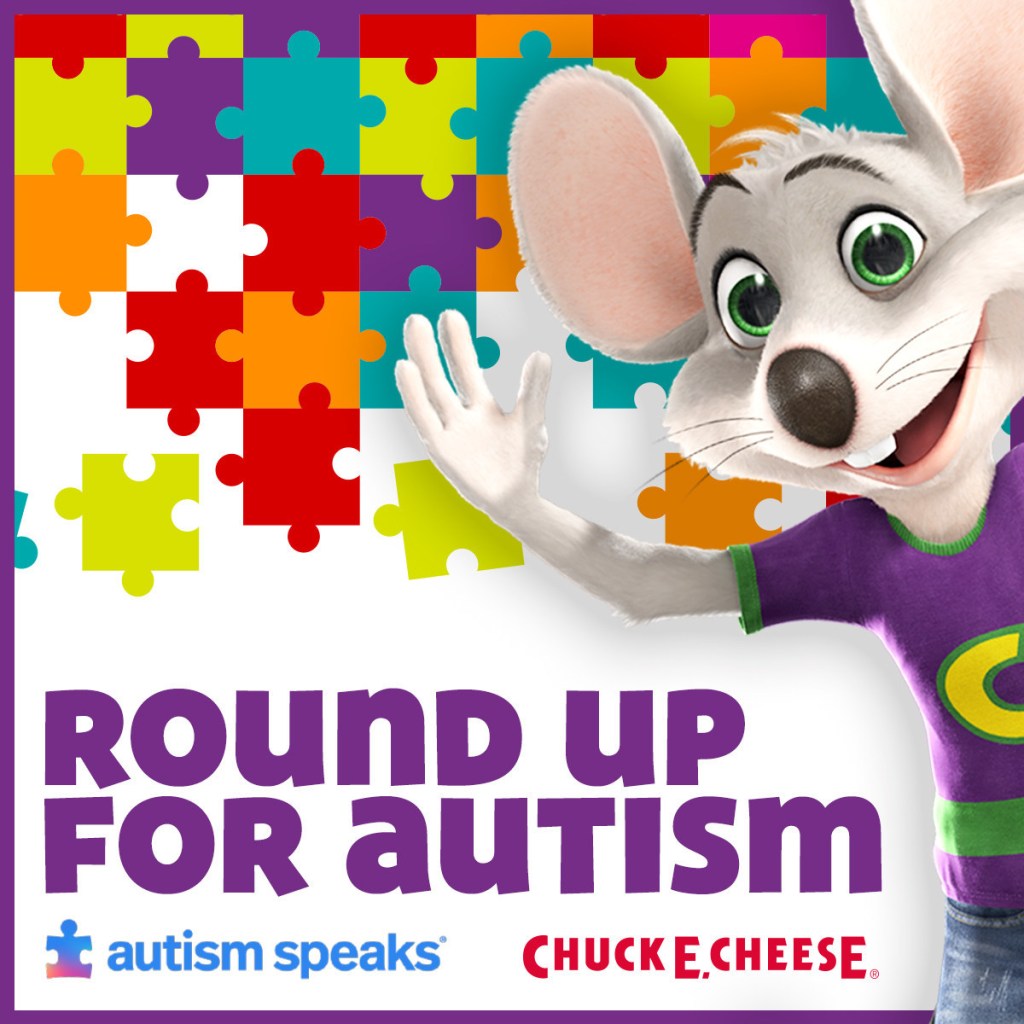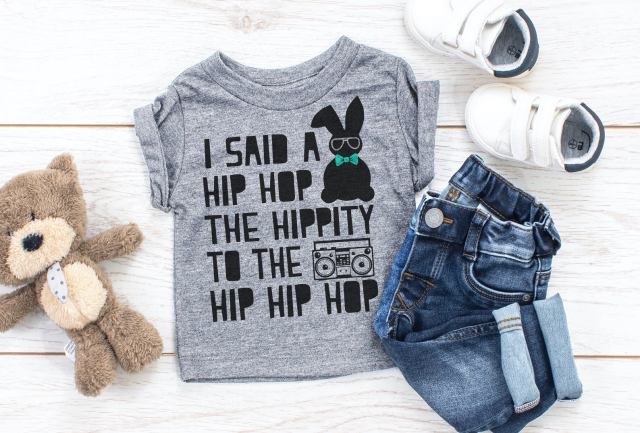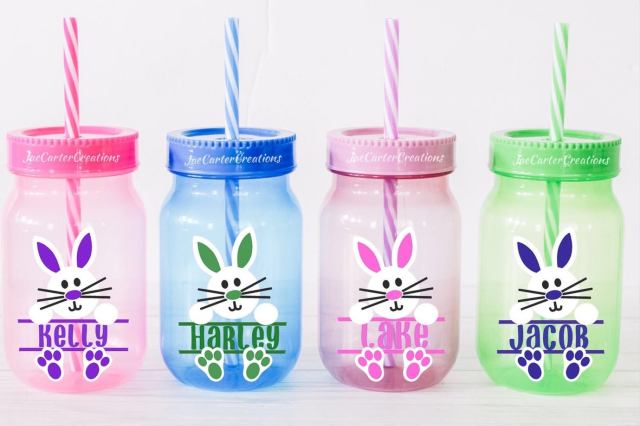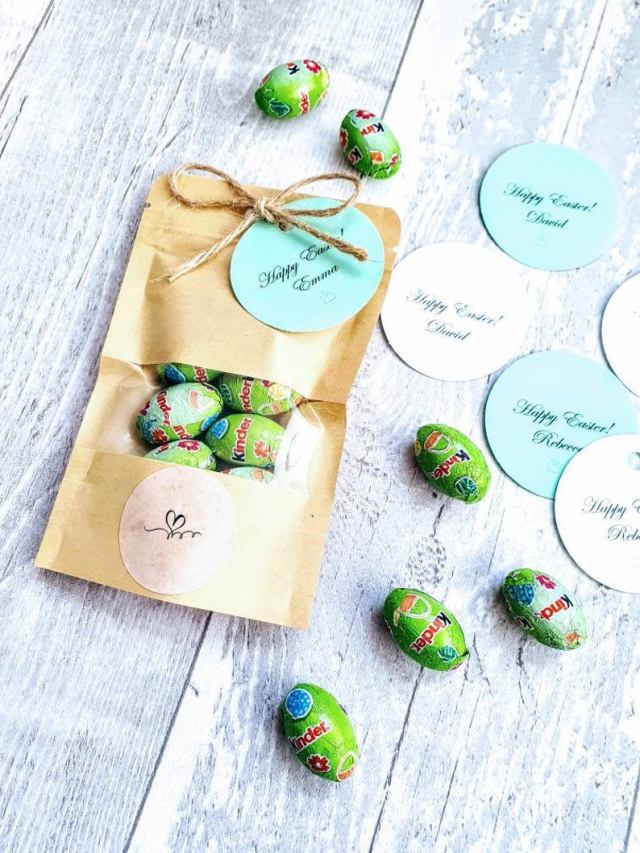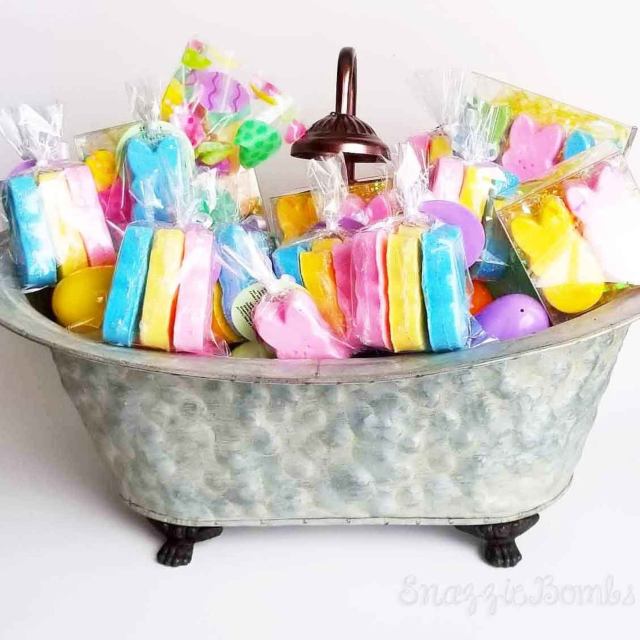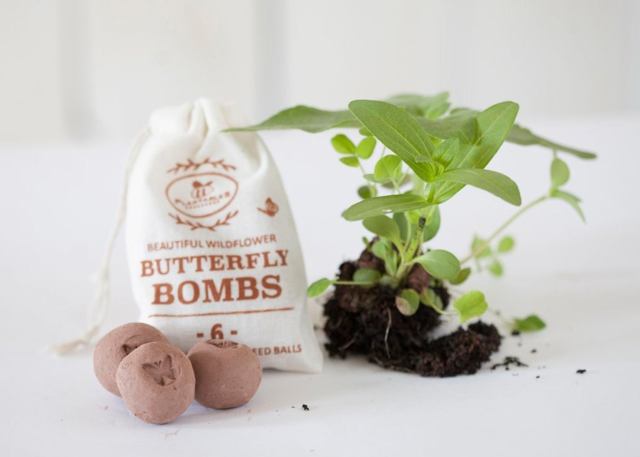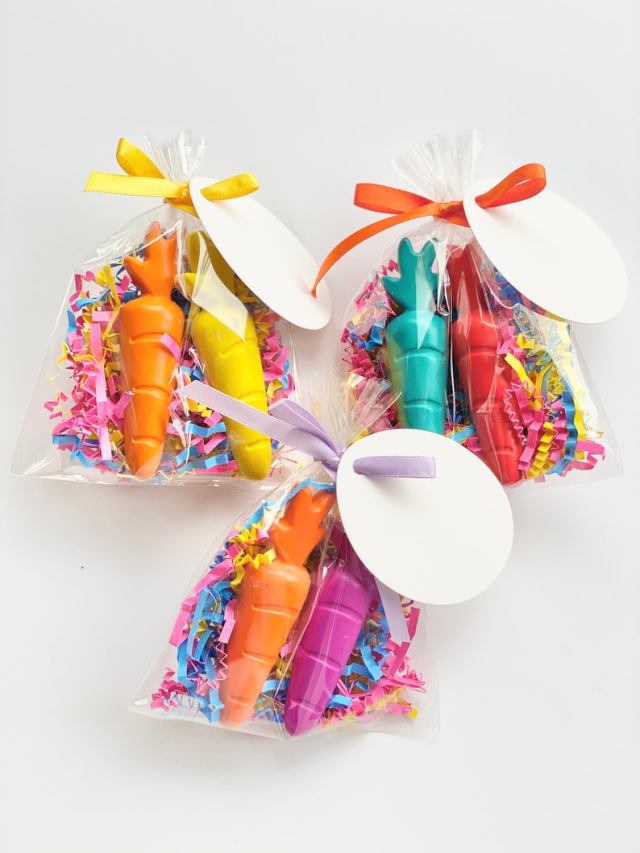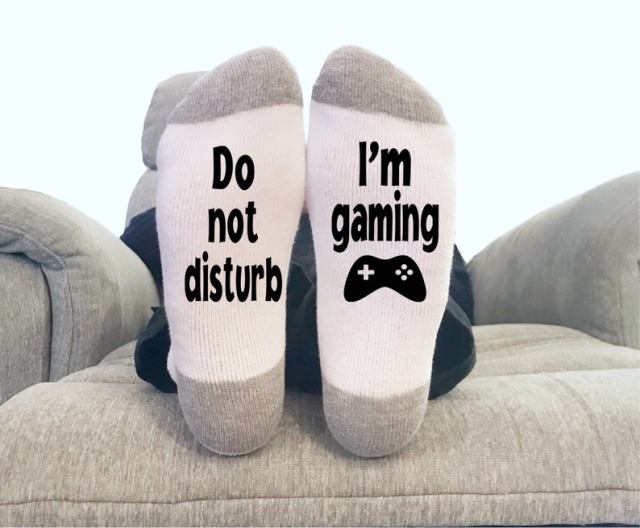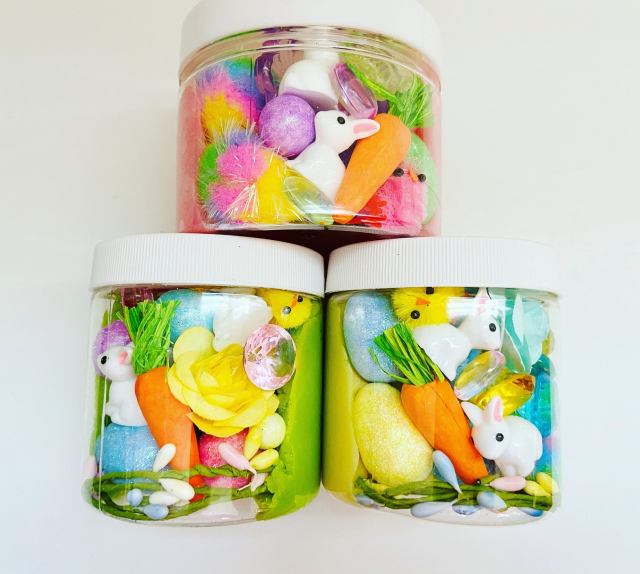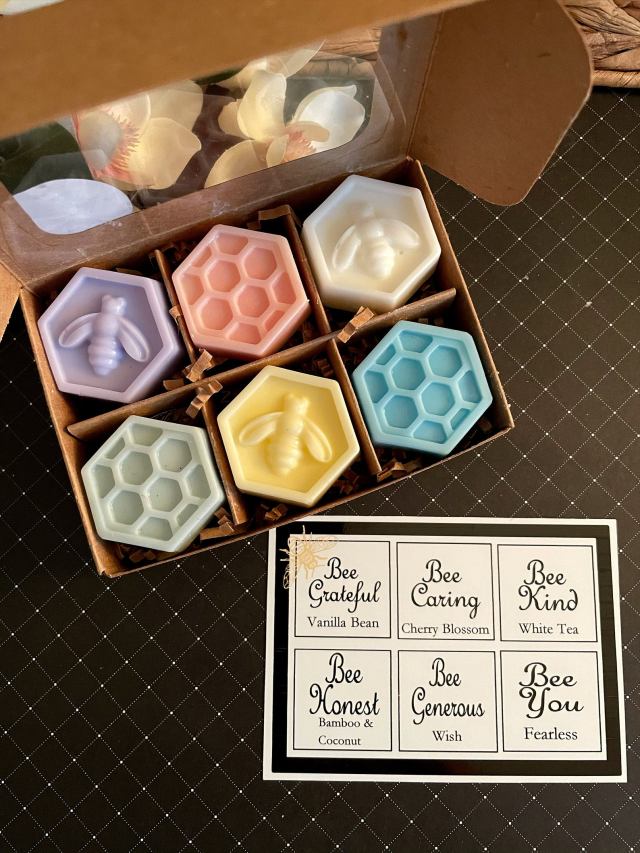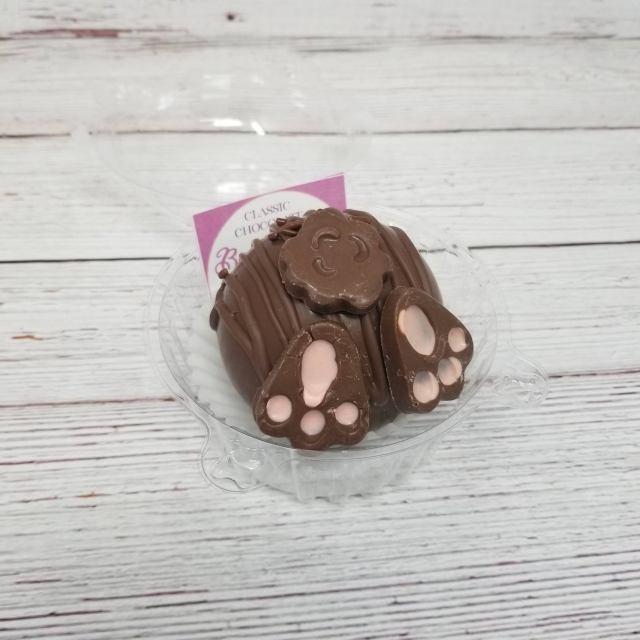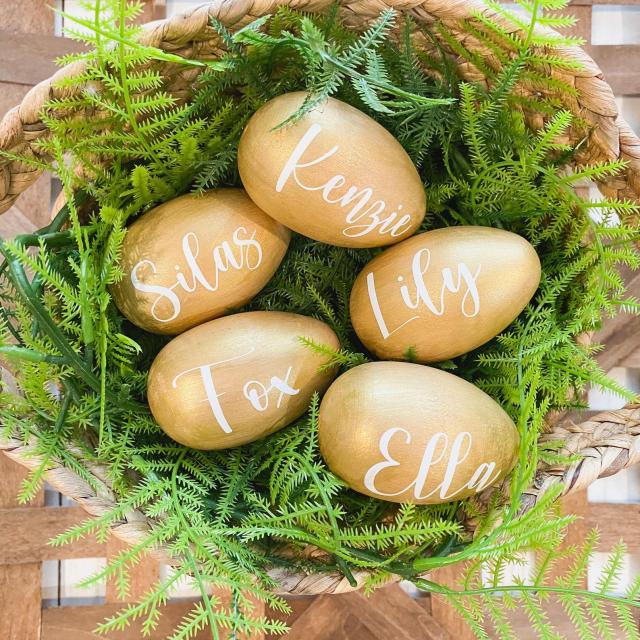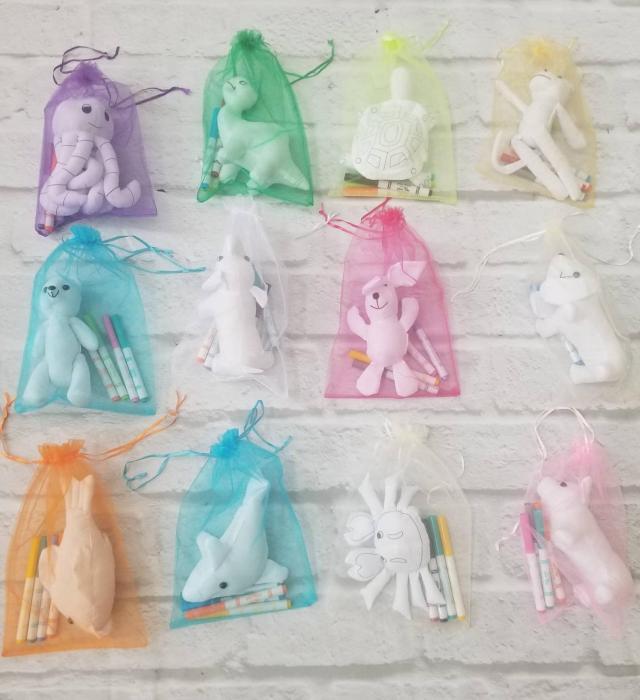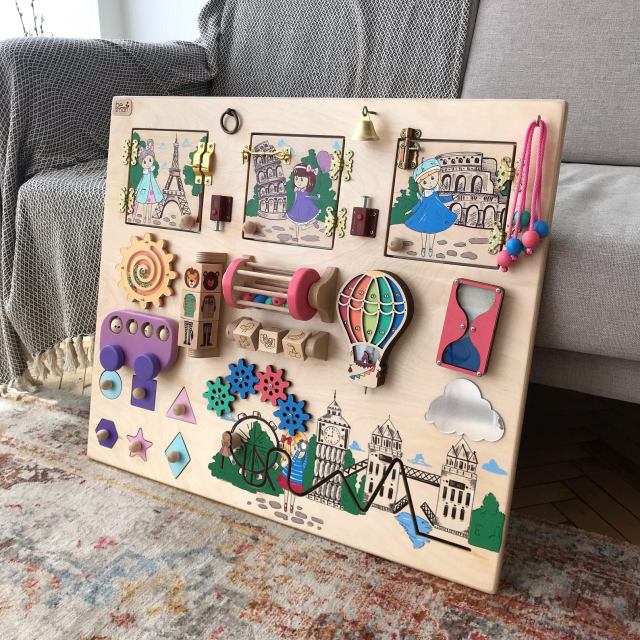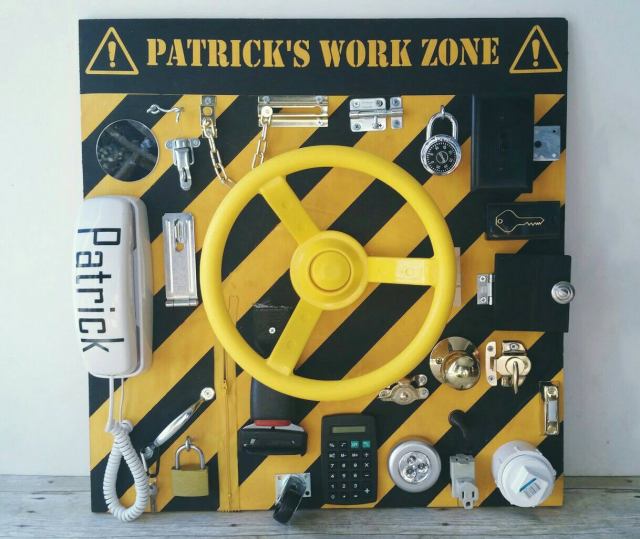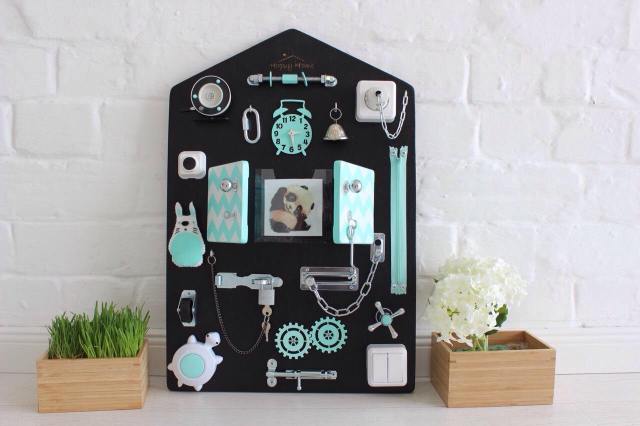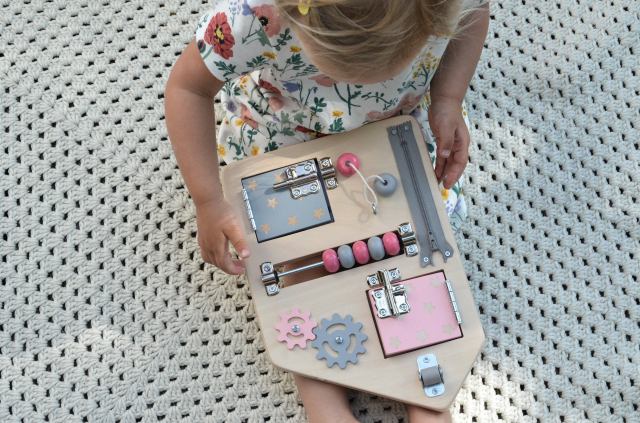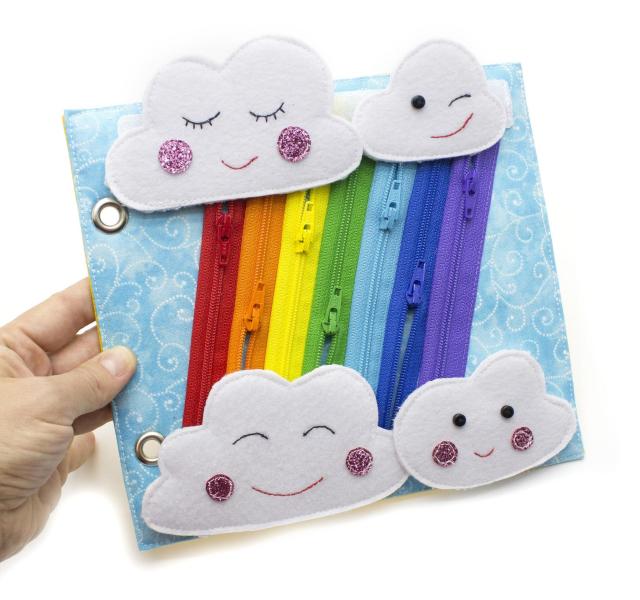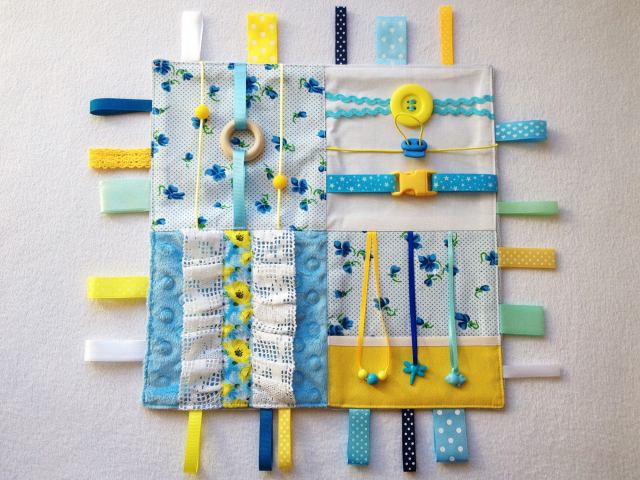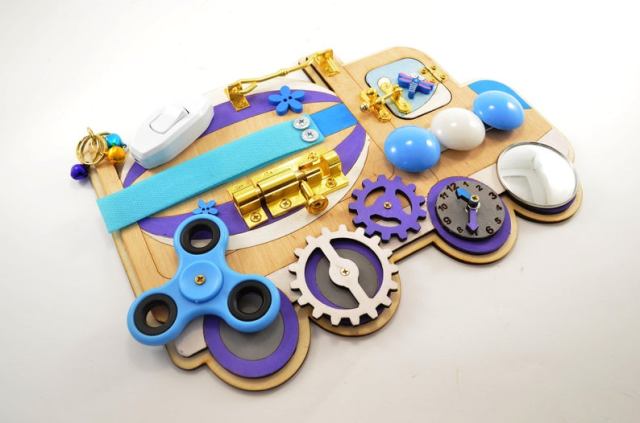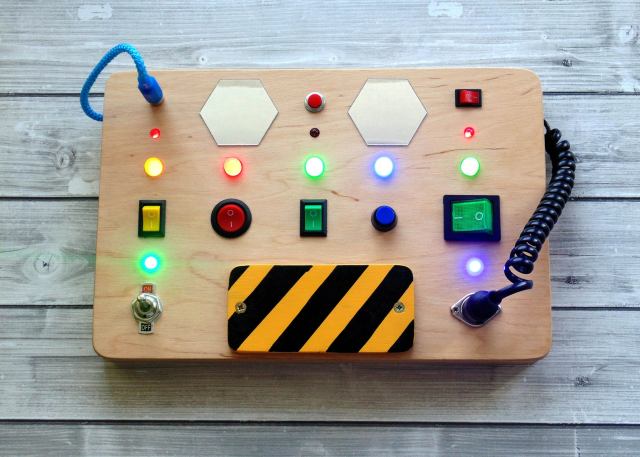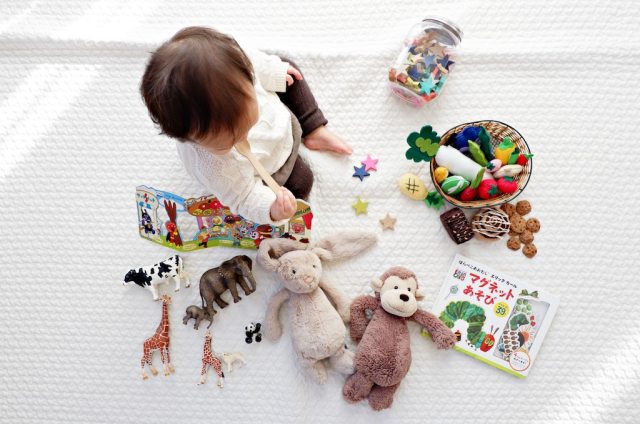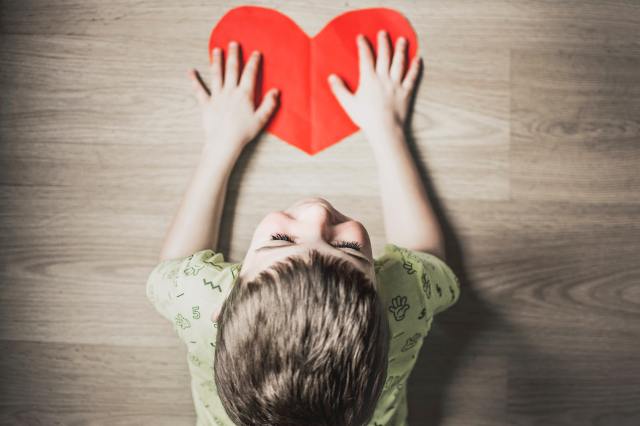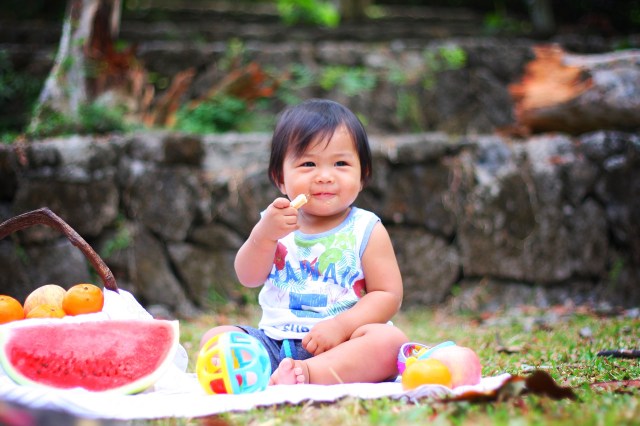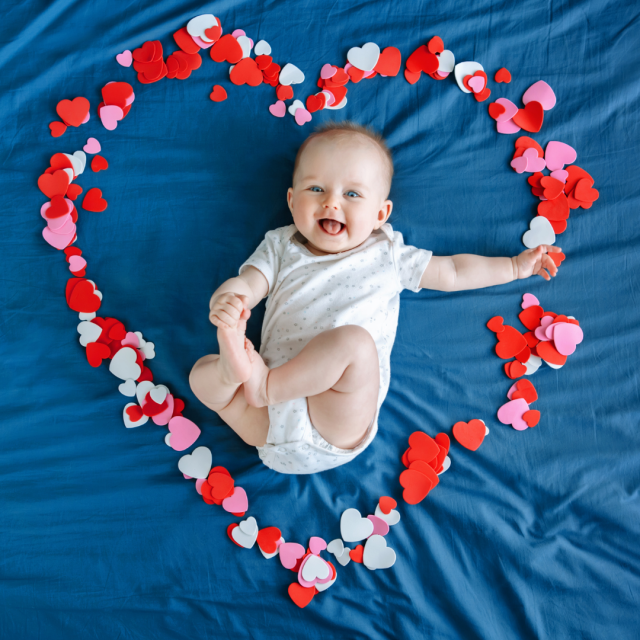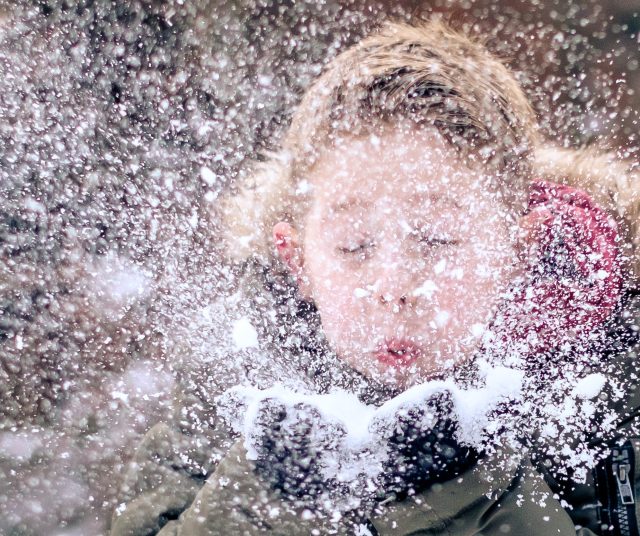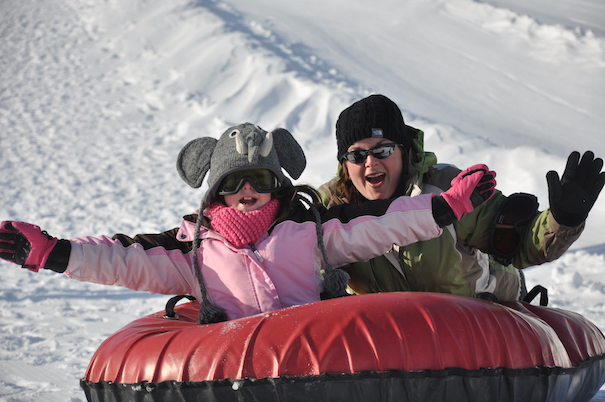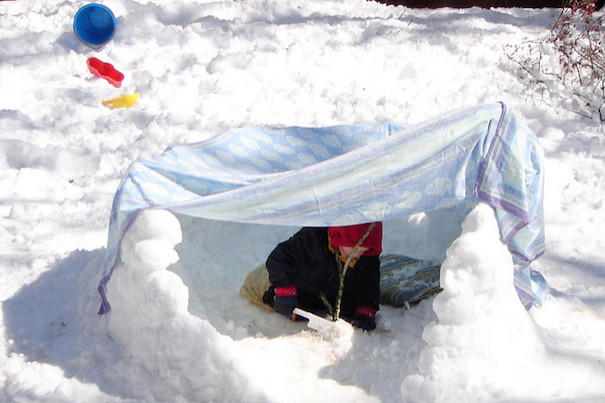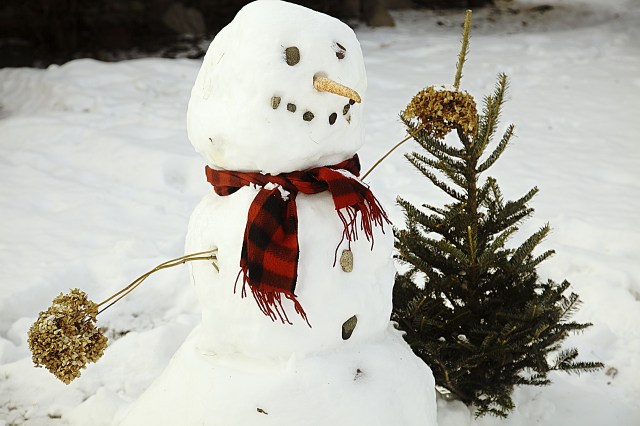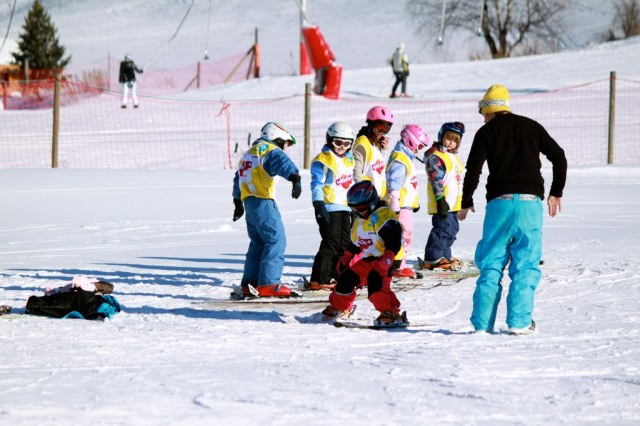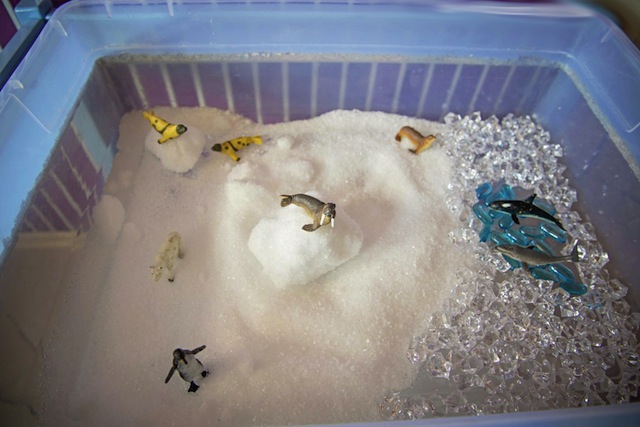
Have you ever felt the need for a wiggle, stomp, or squeeze? Wanted to zoom around the room, or have you seen a friend that loves to spin and twirl? These actions are your body looking for sensory input!
We all know the 5 senses: touch, sight, hearing, smell, and taste. Did you know there are 3 more? Vestibular, Proprioception, and Interoception.
These sound like challenging concepts, but actually, you feel them every day! Vestibular is balance and movement. Think of the feeling you get when you spin in a circle. Proprioception is awareness of where your body is in space, wave your hands around in the air or give yourself a big bear hug squeeze. And Interoception is your feelings inside your body, like hunger, thirst, or having to use the restroom!
October is Sensory Awareness Month, and 1 in 6 children struggles daily with sensory processing challenges. You probably know one or two! Maybe that is even you? Sensory processing refers to the mechanisms of how we feel. It is how we use what we sense to make sense of the world around us through our 8 senses.
Picture books are a great way to introduce concepts to kids and adults alike, to make them feel seen, and create empathy for those with different lived experiences!
Here are 10+ books about sensory differences to add to your inclusive library or classroom!
Wiggles, Stomps, and Squeezes Calm my Jitters Down by neurodivergent author Lindsey Rowe Parker’s and autistic illustrator Rebecca Burgess. The vibration when she runs, the tap-tap-tap of her spoon on the table at mealtime, the trickle of cool water running over her hands—these are the things that calm her jitters down. The book is also available in Spanish, entitled Meneos, Pistones, Y Apretones Para Calmar Mi Cosquilleo.
Too Sticky! Sensory Issues with Autism: Holly loves doing experiments and learning new things in science class! But when she finds out the next experiment is making slime, she’s worried. Slime is made with glue, and glue is sticky. Holly has sensory issues because of her autism and doesn’t like anything sticky! With help from family and her teacher, Holly receives the accommodations and encouragement she needs to give slime a try. By Jen Malia, Illustrated by Joanne Lew-Vriethoff.
Rosalee The Seeker: Rosalee is a LITTLE sensory seeker with a BIG spirit, a BIG imagination, and an even BIGGER heart… and this is her story. Written & illustrated by Nicole Filippone.
Alexander the Avoider: Written to explain SPD from a child’s perspective… to validate and empower them… to give them words to explain their needs… and to help adults better understand and support the children in their lives who struggle because of their SPD. Written & illustrated by Nicole Filippone.
Come Meet Drayden: Drayden’s siblings will be sharing what a typical day with Drayden is like. Drayden has Autism and is completely awesome! A book celebrating diversity & inclusion. By Dana Young-Askew and illustrated by Cameron Wilson.
Come On Calm: A whimsical children’s book encouraging readers of all abilities to self-regulate through sensory and breathing tasks. From author Kelsey Brown and illustrator Joseph Wrightson.
Sensory Seeking Sebastian: Sensory Seeking Sebastian is a book that empowers sensory seekers with strategies that help with self-regulation. This book is perfect for families who want to equip their sensory seeker to navigate the challenges of ADHD, Autism, and SPD. By Christia DeShields and illustrated by Marissa Nelson.
When Things Get Too Loud: When Things Get Too Loud is a story about sensory overload, how it feels, what can trigger it, and what may help. The Feel-O-Meter provides the child and parents with a visual guide through emotions and the book comes with ideas to cope with overwhelming situations. Written by Anne Alcott.
Juan Has the Jitters: Juan claps his hands to get his Jitters out. They make his tummy swoosh and swirl. His Jitters happen when there are too many people, too much noise, or too many changes to his day. Juan doesn’t like surprises. By Aneta Cruz, illustrated by Miki Yamamo
My Whirling, Twirling Motor: Charlie feels like he has a whirling, twirling motor running inside him all the time, and sometimes he just can’t settle. When his mom wants to talk to him, he figures he’s in trouble…but she has a surprise for him instead! By Merriam Sarcia Saunders, Illustrated by Tammie Lyon.
This Beach Is Loud!: Going to the beach is exciting. But it can also be busy. And loud. Sand can feel hot or itchy or sticky…and it gets everywhere! Written and Illustrated by Samantha Cotterill.
STAR Institute Sensory Stories *digital format: Five real-life stories from the STAR Institute highlighting the incredible importance of sensory integration and processing for health and well-being. By Virginia Spielmann, illustrated by Jacinta Read.
How can you participate in Sensory Awareness Month? Easy!
- Add inclusive books like the ones on this list to your library, share with your school, or gift them to a local organization.
- Share #sensorystories with your social media followers, or add your voice to the conversation of why sharing these stories is important. Share books that you love that we missed!
- Follow neurodivergent, autistic, and other advocates that have the lived experience of sensory differences, and learn from them.
- Learn how to provide accommodations and support for children and adults with sensory differences through organizations like the STAR Institute: Sensory Processing.
- Hug an OT! Thank your educators, therapists, and advocates that are actively seeking to make spaces and experiences more friendly to those with sensory differences.
**10+ books just not enough for you? Check out 100ish Books on Autism and Neurodiversity
